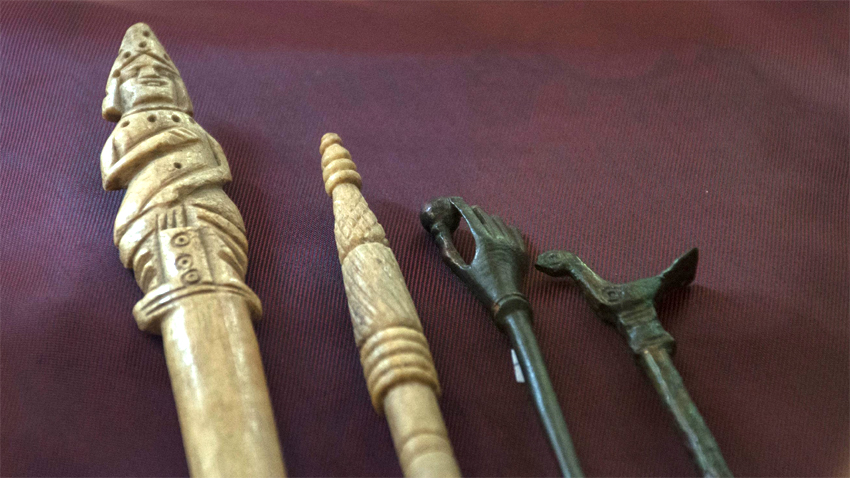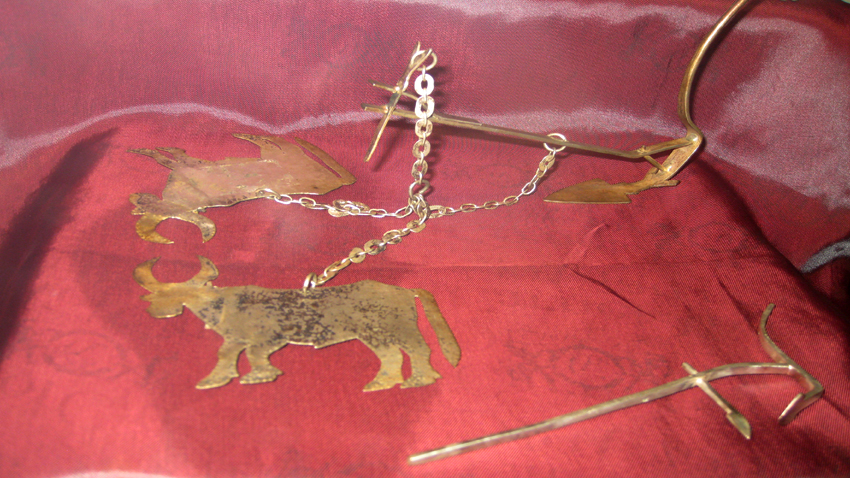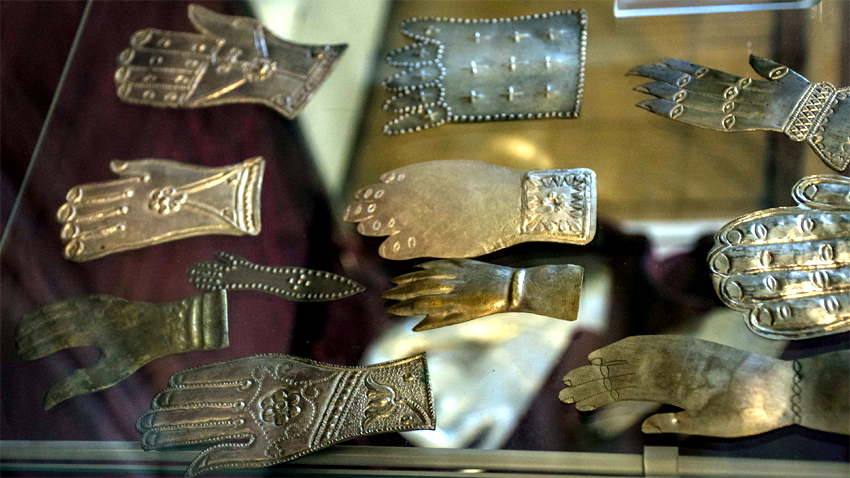The project “The Thracians - genesis and development of ethnic, cultural identities, interactions and the civilizational heritage of Antiquity" is the first comprehensive study of the Thracian heritage with the participation of 27 research units from the Bulgarian Academy of Sciences. Scholars from Canada, Italy, Germany, Japan and Switzerland have also joined the project.

Initiated and inspired by BAS President Academician Stefan Vodenicharov, the project has so far been financed by private donors because the state has shown no interest in it. Research covers a diversity of fields including a gene fund, acoustic studies of sacred Thracian sites, mining and metallurgy, continuity of holy places and ritual practices, wild and domestic animals, etc.
According to Prof. Valeria Fol from the Institute of Balkan Studies with a Center of Thracology, Thracians maintained at least four breeds of willfully selected horses. Research is now underway of the bones of the Balkan lion whose image is found in the Bulgarian coat-of-arms and in royal iconography. The research of the gene pool includes not only purely Thracian material, but also material from the erasfrom the Neolith till the late Middle Ages. The gene fund has been pooled from necropolises, dolmens and pit sanctuaries where it is believed that human remains suggest sacrificial practices. The aim of this study is to trace how the population inhabiting the Bulgarian lands was changing. It is known that 60,000 necropolises and shrines are found in Bulgarian territory and a mere 1500 of them have been researched.

In late October an exhibition opened at the National Museum of Ethnography at the Bulgarian Academy of Sciences with the title Votives displaying the first results from the work of the Institute of Ethnology and Folklore Studies with Ethnographic Museum on the project. The term "votives" comes from the Latin word ex-voto meaning "pledge, vow" in Bulgarian. Votive or its Bulgarian synonym obrok are used to denote both the act of vow or promise, and the object symbolizing it. Almost everything, regardless of size, weight, shape, and sometimes function could become a votive object, if dedicated to a deity. This ancient pagan practice was subsequently Christianized, says the curator of the exhibition Dr Iglika Mishkova.

„Many saints' images were depicted on votive objects and were ritually laid at the icon of the Holy Virgin, the protector of the family, the home and motherhood. These votive figures were usually made to either pray for a child or express gratitude when the child is born.

These are usually female figures with hands folded on the tummy. There is also evidence that this practice is still alive today. In a village in central Bulgaria there is still a votive swing in circulation made by a goldsmith from the town of Panagyurishte, which to this day is given to women who wish to conceive. Women take it and leave it for the night at home hoping to conceive and give birth to a healthy child.”

"Different prayers are addressed to various saints and respectively icons, and the same applies to votive objects. For the sake of health votive figureswere laid side by side the image of Virgin Mary. Votive objects aimed to ensure the health of babies were laid at the icon of St. Stiliyan and whenever assistance was needed for the livestock - at the icon of St. Haralambos," says Dr Mishkova.
In the region of Haskovo scholars found villages where to this day people keep the memory of votive objects, which they call figurines, Dr Mishkova explains:
“They were stored in the church. Anybody who had disease, took the figurine to their home. Then it would be attached to the ailing organ and the patient spent the night this way. It was believed that the figurine would unleash the healing process.”

In the past though, votive objects they were used not only for healing, conceiving child or gratitude, says Dr Iglika Mishkova:
“When a man or woman had a crush on someone of the opposite sex and wanted shared love, he or she commissioned a goldsmith to make the relevant figurine. It was stored for 40 days in the church, then the man or woman wore it tied with a chain to his or her body and the common belief was that this imitative magic would do the job.” After that the votive figurine was removed and laid by the house's icon.
The exhibition Votives is on display at the National Museum of Ethnography until February 2017.
English Daniela Konstantinova
On January 17, the Orthodox Church honors the memory of St. Anthony the Great – a zealous advocate of Christianity. At an advanced age, he took part in the Church's struggle against the Arian heresy. Anthony got into an open dispute with the..
His Eminence Metropolitan Anthony of Western and Central Europe and BNR Director General Milen Mitev signed a Memorandum of Cooperation at the headquarters of the Bulgarian Orthodox Church Diocese of Western and Central Europe in the German capital,..
The Aprilov National High School in the beautiful Bulgarian town of Gabrovo nestled in the foot of the Balkan Range celebrates its 190th anniversary in 2025. Following in the traditions of the Gabrovo Mutual School – the first secular school in..
In 2024, the National History Museum sent expeditions to 22 archaeological sites. More than 1,400 artifacts were found during the season spanning the..
From 31 January 2025, the first podcast about Bulgarian Orthodox communities abroad - Bridge of Faith - will be launched. The concept is the brainchild of..

+359 2 9336 661
